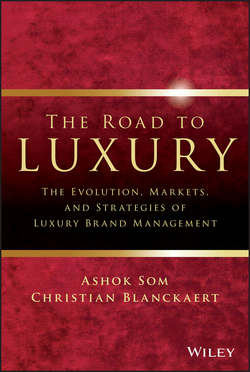Читать книгу The Road To Luxury - Blanckaert Christian - Страница 14
На сайте Литреса книга снята с продажи.
Chapter 1
Introduction
Definition and Crisis of Luxury
Conclusion
ОглавлениеIn conclusion, different brands adopted different strategies as a response to the crisis. None of the brands adopted a single universal strategy. They remained creative in their responses. Some succeeded, some did not. As the industry rebounded, they adjusted. The bouquets of responses were meant to encompass different type of customers from different cultures and geographies. A global brand strategy was needed to convince several segments of clients – so different and interested by so many various luxury sectors. With crisis it was seen that luxury loses its definition, the market remained totally open, and goods varied from premium, super-premium, and ultimate luxury.
Formerly accessible to a few, the luxury industry democratized from 1985 onwards – three decades – with brand extensions such as perfumes and eyewear attracting more numerous (and younger) consumers. The future of luxury would therefore be built on the capacity of brands to understand the scope of potential customers, fixing a strategy based on a specific language. There was no universal response, nor any universal language. Chanel speaks Chanel, Hermès speaks Hermès, and Gucci has its own vocabulary – the challenge is to keep the dream going, for everyone, after the crisis.
Figure 1.5 summarizes the different strategic responses of luxury brands to the global financial crisis.
Figure 1.5 Luxury Brands and Their Crisis Management Strategies
